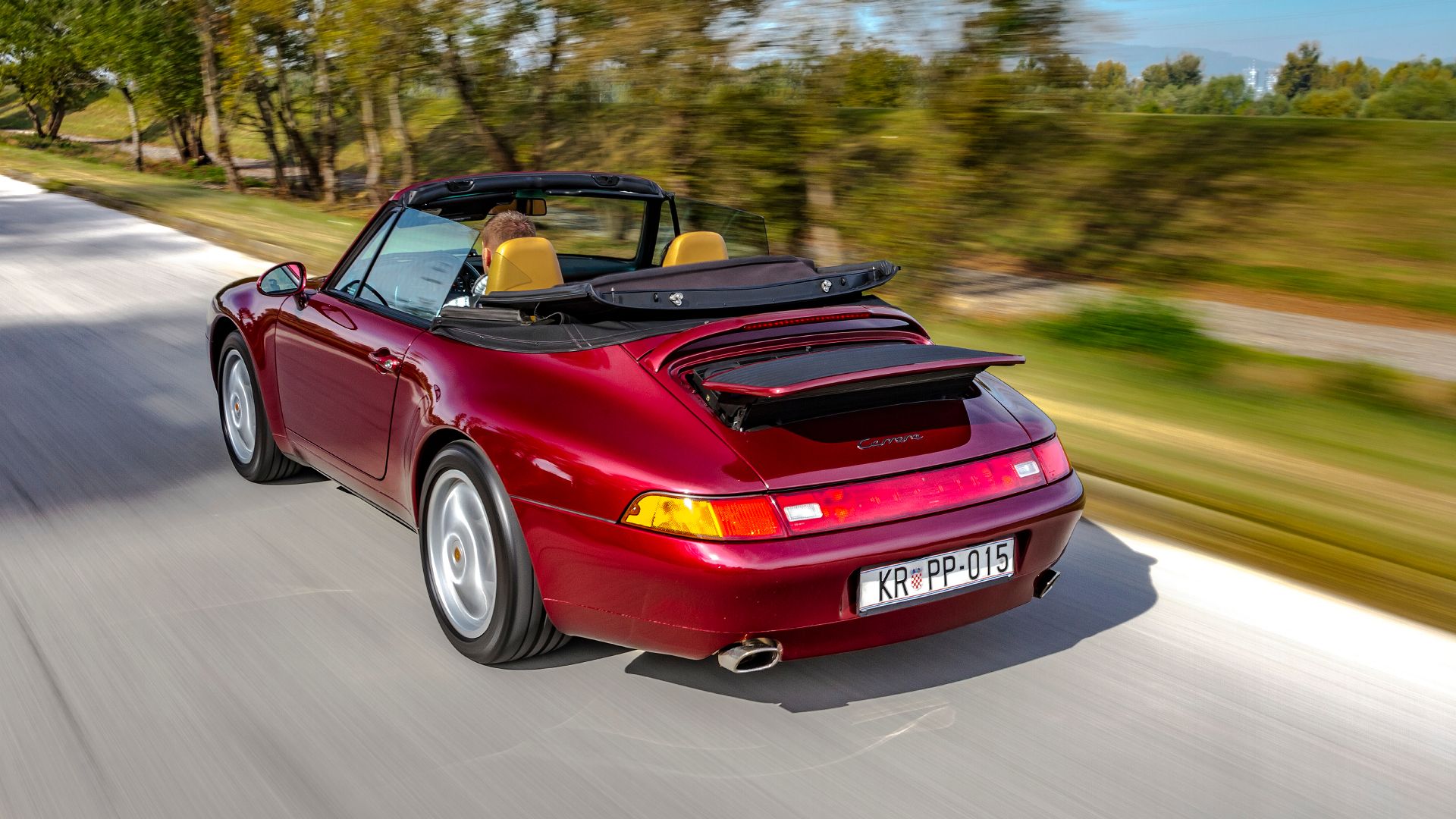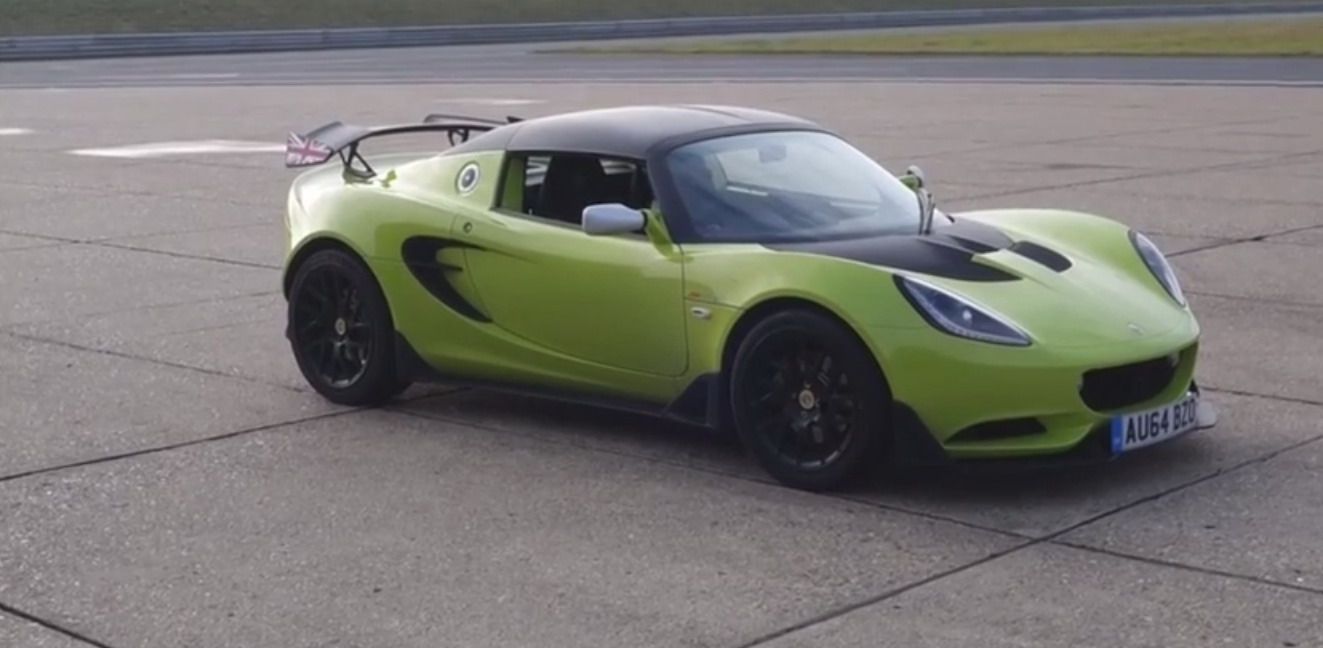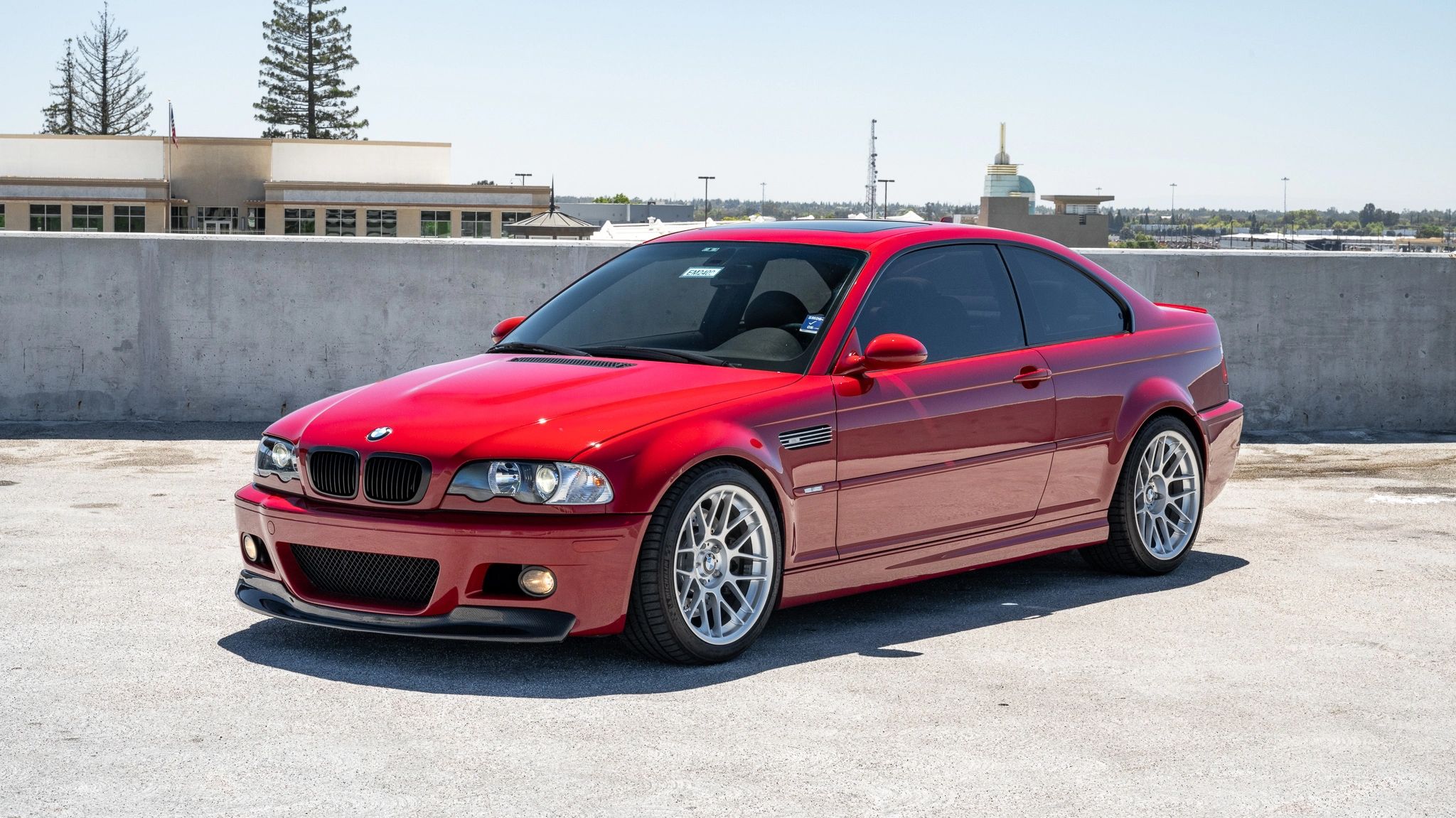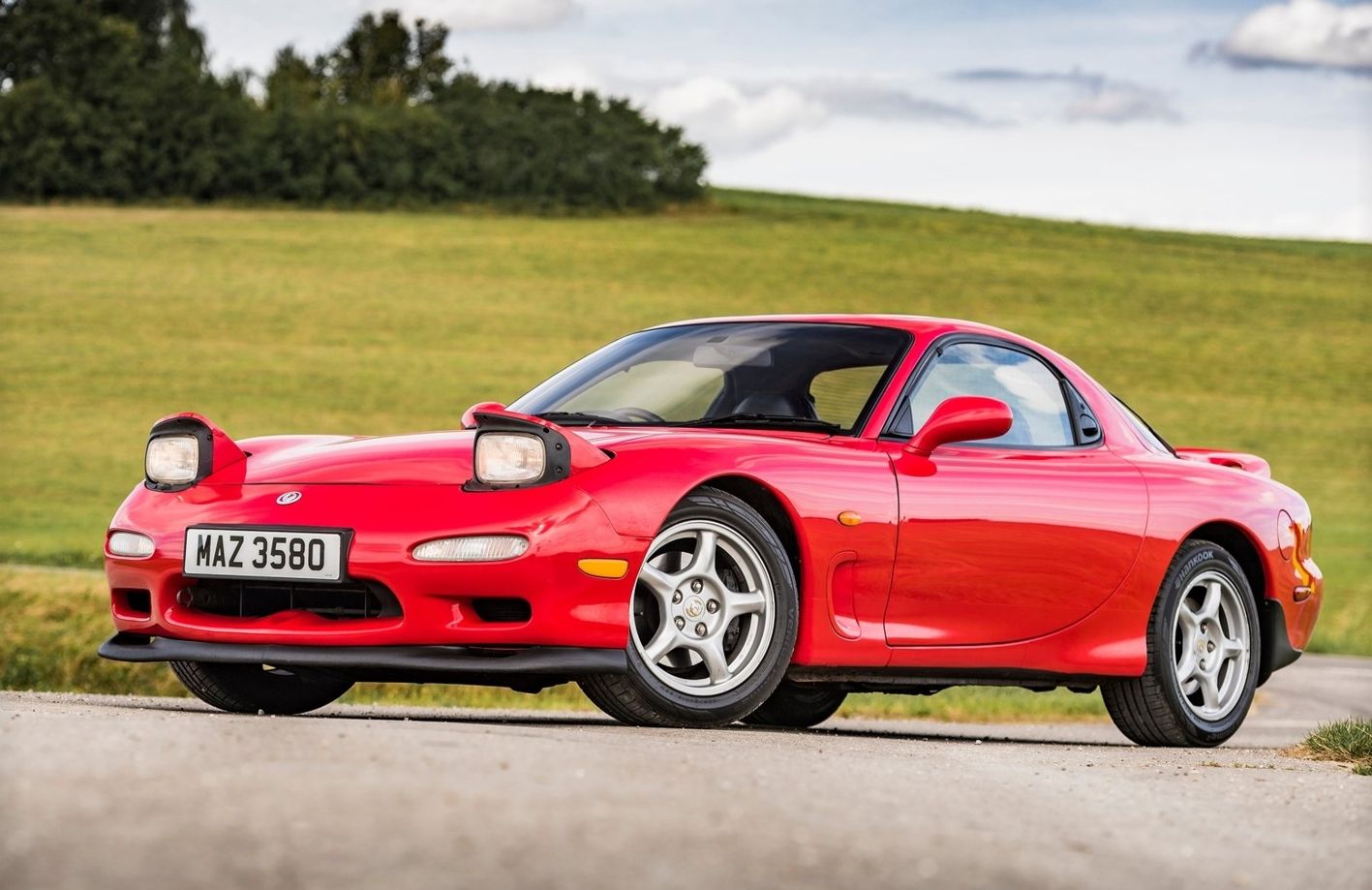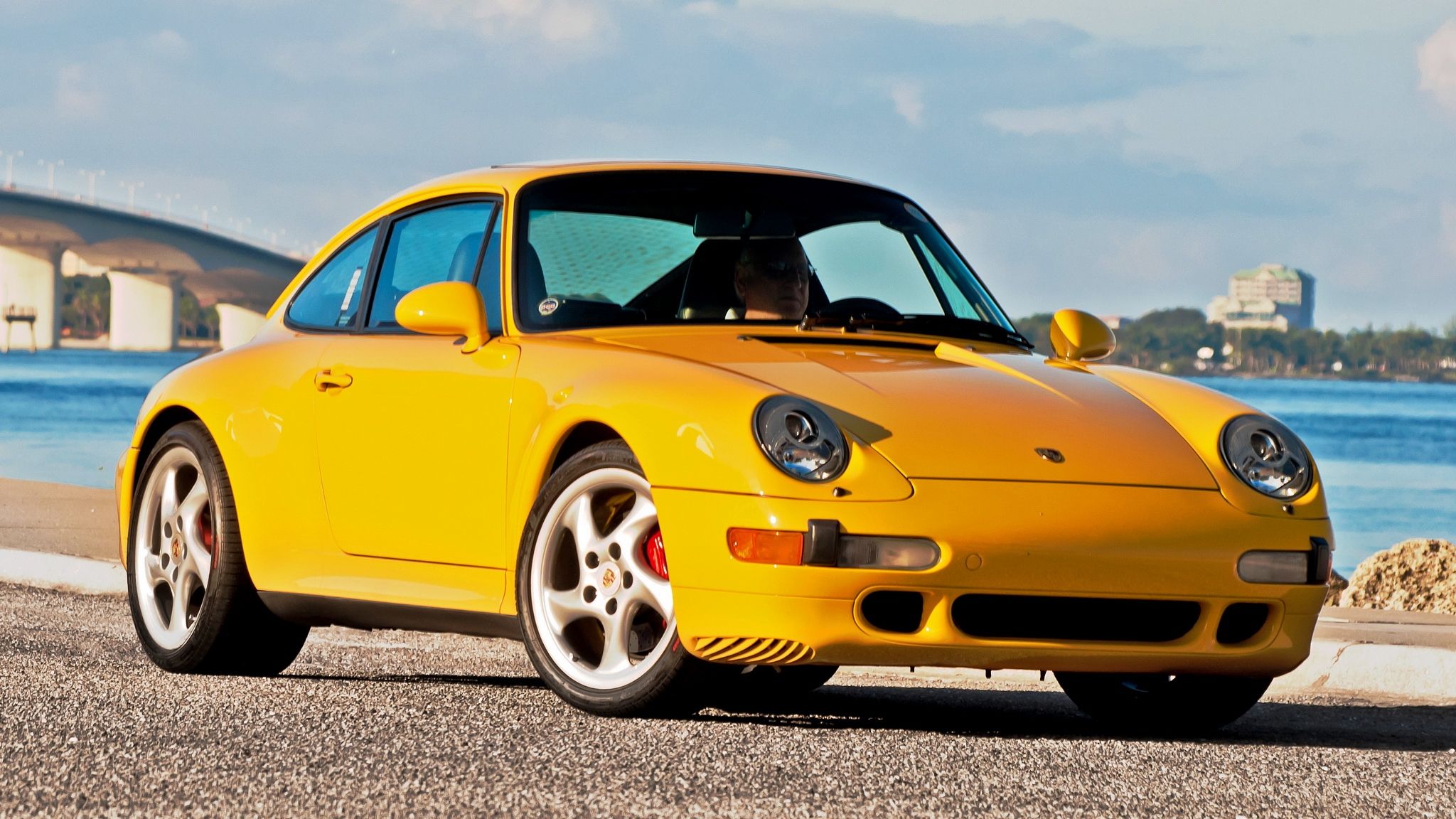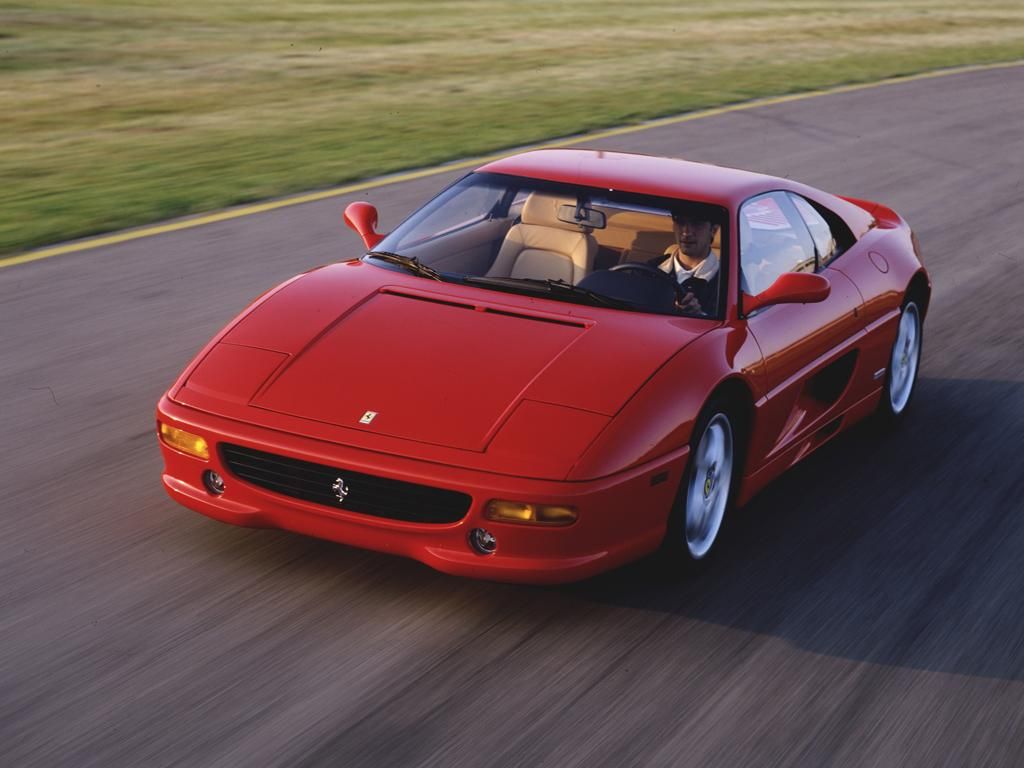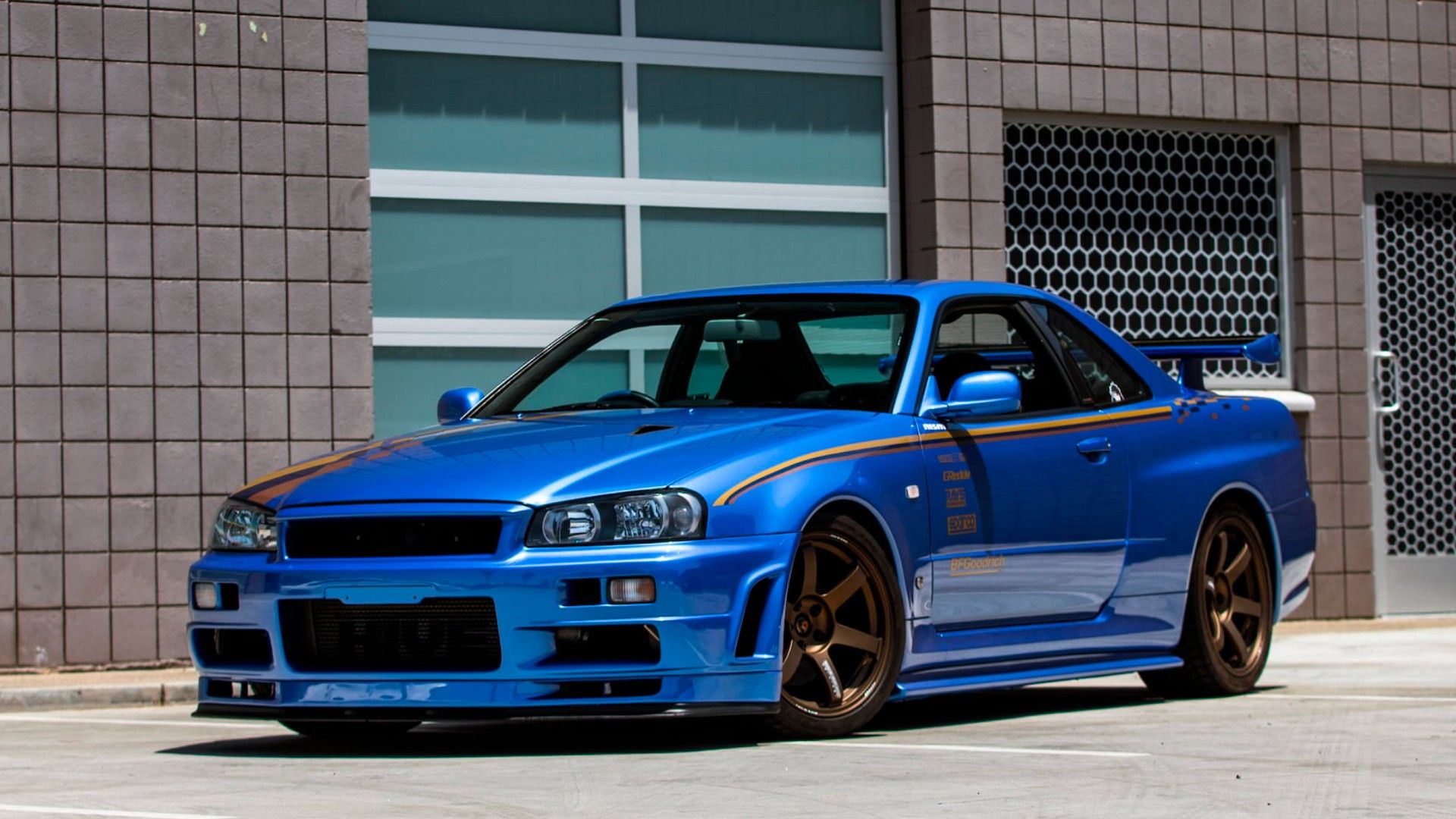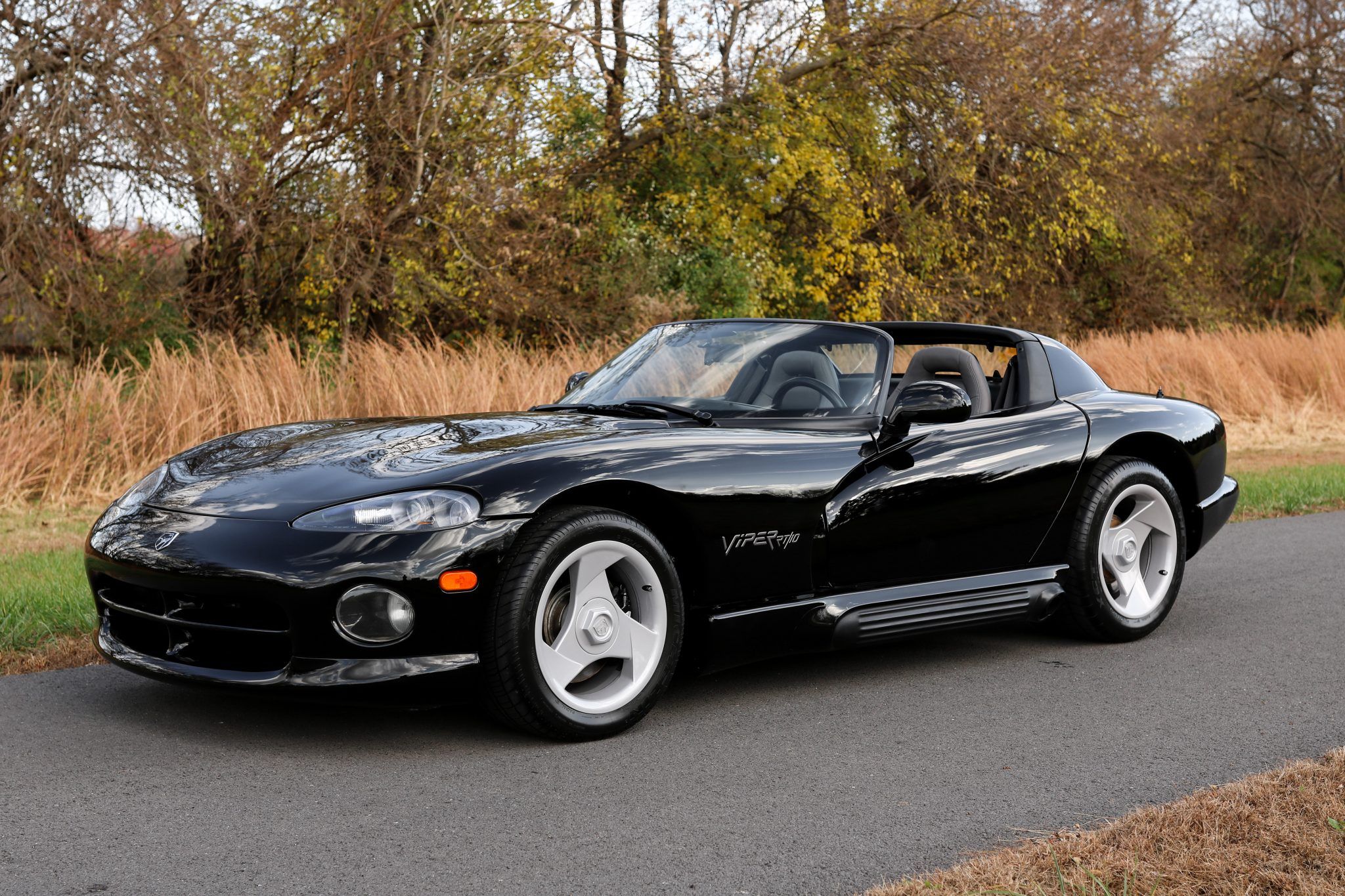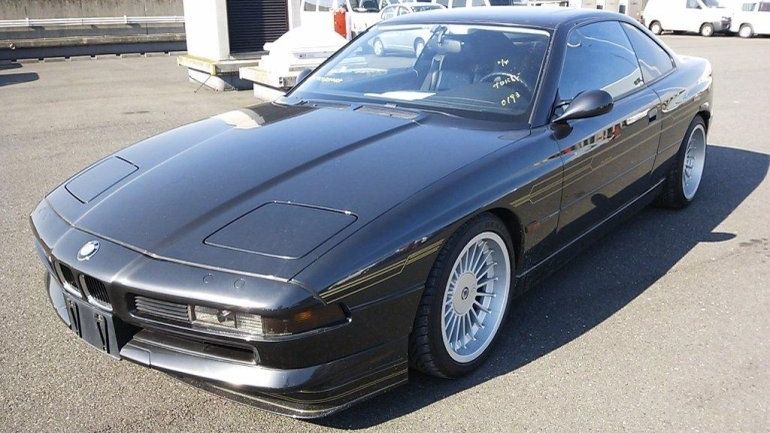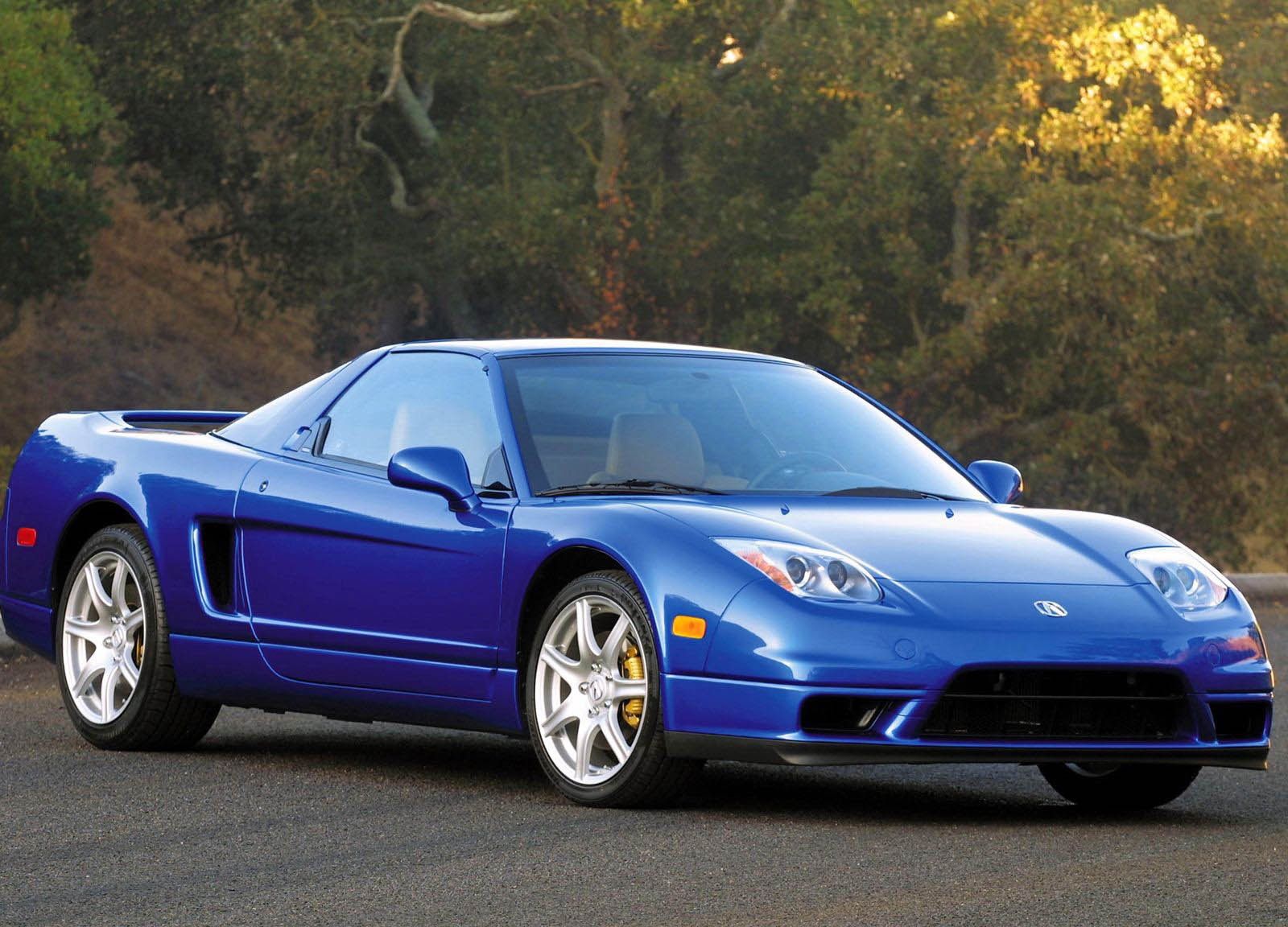Cars from the 1990s and early 2000s hide a mysterious allure. Many car aficionados believe this is the best era for driver’s cars. Whether it’s the reason they were made, the era they come from, the level of craftsmanship, or simply how they drive, those are some of the most legendary vehicles from the more recent years that are no longer produced. As expected, getting the list down to just 10 cars was not easy, but life has only so many years in it. With that said, these 10 cars are thrilling for different reasons and every enthusiast should, at least, drive them while still possible.
10 Mercedes SL R129
Few roadsters have the presence of the Mercedes SL and the R129 generation, produced between 1989 and 2001, is considered the last, old-school SL from Mercedes. The nameplate dates back to the 190SL, and this one still boasts remnants of the old design language before curvy forms took over. Although some of the tech hasn’t aged well and could, potentially, lead to expensive repair bills, the Benz relies on proven tech for propulsion. The M113-powered SL500, currently, provides the biggest bang for the buck, but the crown jewels are the much rarer, M119-powered SL 60 AMG and M120-powered SL600, SL70/72/73 AMG versions. The two-seater Benz is not an athletic sports car, but a pleasant grand tourer, best enjoyed at seven-tenths pace.
9 Lotus Elise
The Lotus Elise was introduced in 1995 as a back-to-basics, no-nonsense, mid-engine sports car. Sadly, the Elise was one of the models, the British brand axed in order to make space for new offerings. Throughout its three generations, the car never weighed more than 2,015 pounds (914 kg) with the Series 1 tipping the scales at just 1,598 pounds (725 kg). The Elise was powered by a variety of inline-four engines sourced from Rover and later Toyota, some of which supercharged for up to 250 horsepower (186 kilowatts). The small, nimble, British roadster never needed more than 6.0 seconds to hit 60 mph (97 km/h), and the almost complete lack of electronics made it one of the most visceral sports cars ever made.
8 BMW M3 E46
The 2000 to 2006, BMW M3 E46 is still considered one of the best driver’s cars out there. The model harkens back to simpler times and smaller kidney grilles. Ulf Weidhase’s design has aged extremely well and so have the mechanicals. The 3.2-liter, naturally-aspirated, inline-six, S54 engine came with independent throttle bodies and an 8,000 RPM redline. It also packed up to 360 horsepower (268 kilowatts) and 273 pound-feet (370 Nm) in CSL guise, although, unlike the regular M3, it never came with a six-speed manual. The 0 to 60 mph (97 m/h) sprint takes between 4.7 and 5.2 seconds depending on the version and body type. The Bavarian performance car is also one of the few modern classics that are still relatively affordable and offer a proper, analog driving experience.
7 Mazda RX-7
Life is too short to drive boring cars and you certainly won’t be bored with Mazda’s iconic, rotary rocket. Although a badly-maintained example could make for a frustrating experience, mostly due to the 13B, twin-rotary, turbocharged engine, the car is often given as the benchmark for handling. With a 50:50 weight distribution and a curb weight as low as 2,685 pounds (1,218 kg), the RX-7 is as brisk as the strong winds of Mount Fuji. With an output of up to 276 horsepower (206 kilowatts) and 231 pound-feet (314 Nm), the 0 to 60 mph (97 km/h) is dealt with in as little as 4.6 seconds. The rotary coupe from Japan is still relatively affordable, unlike some other JDM classics, and will, likely, be the last rotary-powered sports car worth buying.
6 Porsche 911 (993)
The Porsche 911 is in its eighth generation currently. Four generations ago, the model evolved into something that was met with mixed feelings and to this day, rejected by die-hard Porschefiles. It is for this reason, the 993-generation Porsche 911 holds a special place in the hearts of many car enthusiasts. The last air-cooled 911 is also considered the last true 911. Singer and Theon are hard at work reimagining the iconic, rear-engine sports car, but driving an air-cooled Porsche 911 should be on any car enthusiast’s wish list. The 993 is the fourth installment of the 911, but its underpinnings can still be traced back to the original. With anywhere from 272 to 430 horsepower (203 to 320 kilowatts) from a 3.6-liter, flat-six, the 993 always packed adequate performance and classic vibes.
5 Ferrari F355
In many ways, the F355’s existence is owed to the Acura/Honda NSX. When the Japanese, mid-engine car arrived in 1991, it showed that even an exotic car can be reliable and usable. At the time, Ferrari had the 348, which was not the brand’s finest hour. The Italian manufacturer took its 348 back home and heavily revised it. The result was the F355, which is also the last mid-engine Ferrari from the old era. The now-3.5-liter, naturally-aspirated V-8 (as opposed to the 348’s 3.4-liter) came with five valves per cylinder and engine internals made from lightweight, titanium alloy. In its most powerful trim, the V-8 mill was good for 375 horsepower (279 kilowatts) and 268 pound-feet (363 Nm). This is also the first Ferrari to feature the F1-style, robotized gearbox, although you should go for the gated, six-speed manual.
4 Nissan Skyline GT-R (R34)
Driving one of the most legendary JDM cars through a Japanese mountain pass is, likely, on your wish list if you are a fan of Japanese cars. Considered the Emperor of Japanese tuner cars, the Skyline has been the pride of the Japanese automotive industry since the 1950s. The R34 Skyline was produced between 1999 and 2002, in relatively small numbers, and is the last time the Skyline and GT-R designations were together. The near-bulletproof, RB26 DETT, twin-turbo, inline-six engine, racecar underpinnings that date back to the homologation special R32 GT-R, and hi-tech wizardry make it relevant even amongst modern, performance vehicles.
3 Dodge Viper
No matter which of the five generations we are talking about, the Dodge Viper was never for the faint of heart. Earlier iterations of the car lacked any form of driving assists and little to no safety. Just like the 1960s Shelby Cobra that inspired it, the Viper would not hesitate to bruise your ego (and sometimes more) if you don’t respect it. Between 1992 and 2002, was when the first and second generations were produced. They shared the same design, inspired by the Shelby Cobra and Daytona Coupe. At 8.0 liters, the 90-degree, pushrod V-10 has enough torque to spin a planet. That was managed through a Tremec, six-speed manual that required a firm hand (like everything else in the car).
2 BMW 850 CSi E31
There is a good chance most of you will never see a McLaren F1 in person, let alone drive one, but this is, arguably, the next best thing. It is a known fact that BMW designed the V-12 engine for the British hypercar and the baseline for that happens to be powering one of the most unique BMWs ever made. Officially, the E31 8 Series never got an M version, but the 850 CSi is the closest thing to one that we got. The 381 horsepower (280 kilowatts) and 406 pound-feet (550 Nm) produced from the 5.6-liter V-12 are managed exclusively through a six-speed manual. Given enough space, 186 mph (300 km/h) is achievable. Simple lines, pillarless windows, and pop-up headlights turn the E31 into a stylish Autobahn cruiser.
1 Honda NSX
Thanks to the Gentlemen’s Agreement, which limited power to 280 horsepower (206 kilowatts), Japanese automakers were forced to look for alternative ways to extract more performance. In the case of Honda and its “New Sports car Experimental” (NSX), they reached out to racing legend, Ayrton Senna. The talented Brazilian helped dial in the Japanese, mid-engine sports car, turning it into a capable rival to the likes of Ferrari and Porsche. Depending on the model year, power came from a 3.0 or a 3.2-liter, naturally-aspirated V-6, positioned transversely behind the driver. The 0 to 60 mph (97 km/h) sprint can take as little as 4.4 seconds, but more importantly, the NSX showed exotic cars don’t have to be a nightmare to own or drive, by creating a better supercar than the established players.

